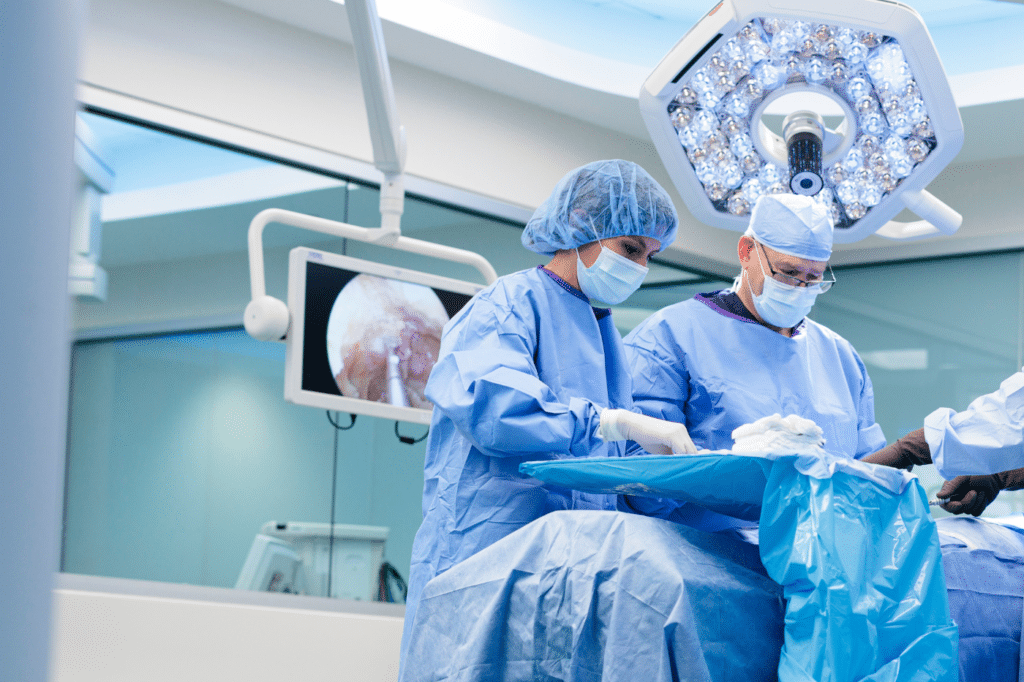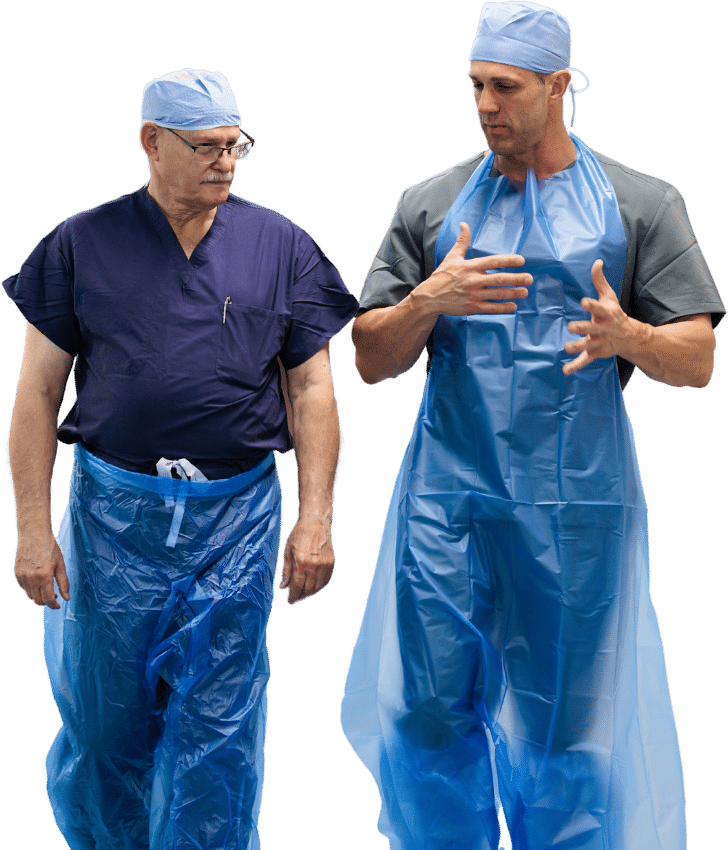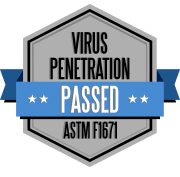According to the Center for Disease Control (CDC), on any given day, about one in 31 hospital patients has at least one healthcare-associated infection. Whether you’re a healthcare professional or not, that statistic is staggering. It shows just how risky of an environment the medical field works in — day in and day out — and why quality PPE is so important.
Let’s start by defining healthcare-acquired infections (HAIs). Also known as nosocomial infections, HAIs are infections that are acquired by patients who are receiving medical care in a healthcare facility. This happens through the spread of germs in the air or on surfaces. In a healthcare facility where germs are rampant, it is often tough to avoid the risk of contracting an HAI, despite robust air filtration systems and stringent cleaning protocols.
The following are common types of healthcare-acquired infections and some measures to avoid them:
Catheter-associated urinary tract infections (CAUTIs):
What is it?
A urinary tract infection (UTI) is a painful, burning infection involving any part of the urinary system, including urethra, bladder, ureters, and kidney. They are the most common type of healthcare-associated infection and approximately 75% of them are associated with a urinary catheter. Add a catheter-associated infection to the mix and it’s a huge double whammy everyone wants to avoid.
Avoid CAUTIs by:
- Ensuring proper insertion and maintenance of urinary catheters.
- Avoiding using urinary catheters unless necessary.
- Encouraging early removal of catheters.
- Performing proper hand hygiene.
Central line-associated bloodstream infections (CLABSIs):
What is it?
A central line-associated bloodstream infection (CLABSI) is a laboratory-confirmed bloodstream infection that develops within 48 hours of central line placement. It is marked by fever and chills and swelling at the site. According to the National Library of Medicine, of all the healthcare-associated infections, CLABSIs are associated with a high-cost burden, accounting for approximately $46,000 per case.
Avoid CLABSIs by:
- Following strict infection prevention protocols during central line insertion and maintenance.
- Using maximal sterile barrier precautions during insertion.
- Using antiseptic for skin preparation.
- Ensuring proper hand hygiene.
- Encouraging early removal of central lines.
Surgical site infections (SSIs):
What is it?
A surgical site infection (SSI) is an infection that occurs after surgery in the part of the body where the surgery took place. Sometimes this can just involve only the skin, while other times the infection can be more serious and involve tissues under the skin, organs, or implanted material.
Avoid SSIs by:
- Ensuring sterile instruments and equipment are used during surgery.
- Maintaining proper environmental cleanliness and air control in the operating room.
- Using appropriate surgical drapes and gowns.
- Administering prophylactic antibiotics before surgery.
- Encouraging proper hand hygiene.
Ventilator-associated pneumonia (VAP):
What is it?
Ventilator-associated pneumonia (VAP) occurs in patients that have been on mechanical ventilation for more than 48 hours. It presents with clinical signs that include pus-filled tracheal discharge, fevers, and respiratory distress.
Avoid VAP by:
- Using aseptic techniques during the insertion and maintenance of the ventilator.
- Elevating the head of the bed to prevent aspiration of gastric contents.
- Encouraging early weaning from the ventilator.
- Performing proper hand hygiene.
Clostridioides difficile infection (C. diff):
What is it?
Clostridioides difficile infection, otherwise known as C. diff, is a debilitating and highly infectious gastrointestinal disease. The use of antibiotics can make someone more susceptible to contracting C. diff, but it is easily passed along to others. It is marked by painful stomach cramps and excessive diarrhea. C. diff germs can spread easily through toilet flushing and bathroom surfaces, and require a bleach-clean to manage the spread of spores. Caring for someone with C. diff requires full PPE.
Avoid C. diff by:
- Prescribing antibiotics judiciously.
- Ensuring proper environmental cleanliness.
- Encouraging proper hand hygiene.
- Implementing contact precautions for infected patients.
While HAIs are an ongoing threat, there are ways to prevent the spread of HAIs. Mostly, that’s done by using high-quality personal protective equipment (PPE). One example of this is STA-DRI garments, exclusively offered by Sloan Medical. These pieces were designed for healthcare professionals by urologist Dr. Stewart Sloan. Other ideas for preventing the spread of HAIs are:
- Expert hand washing.
- Educating patients on hygiene.
- Staying up-to-date with recommendations and guidance from the CDC.
- Ensuring high-quality PPE is available for everyone who needs it.
Preventing healthcare-acquired infections is crucial for everyone’s safety. Patients and their families can also take an active role in infection prevention by speaking up if they notice any lapses in infection control measures.
Opting for the highest quality in PPE is one of the kindest things you can do, as you’ll keep patients, surgeons, nurses, and everyone else safe every day and during each procedure. Try a free sample of a Sloan Medical product today to get started.





